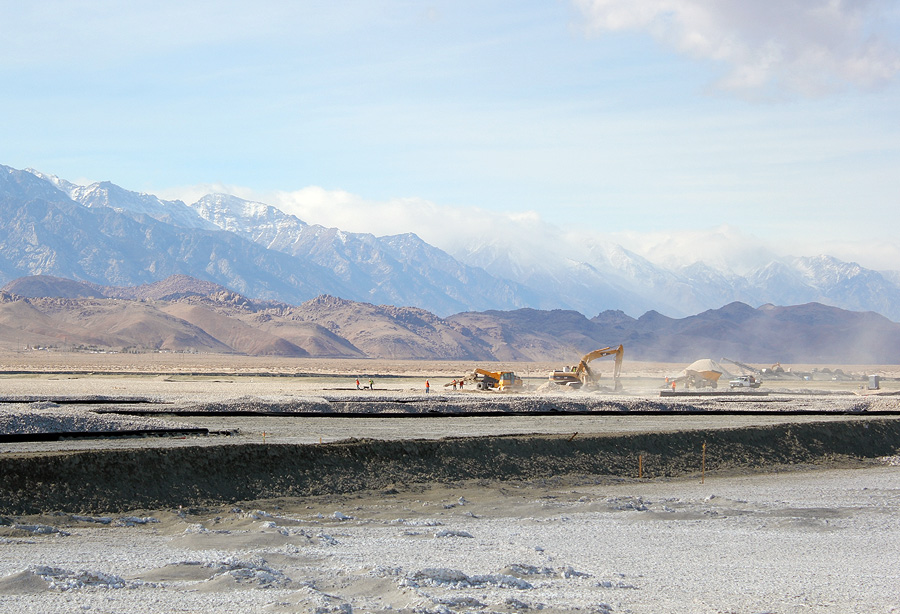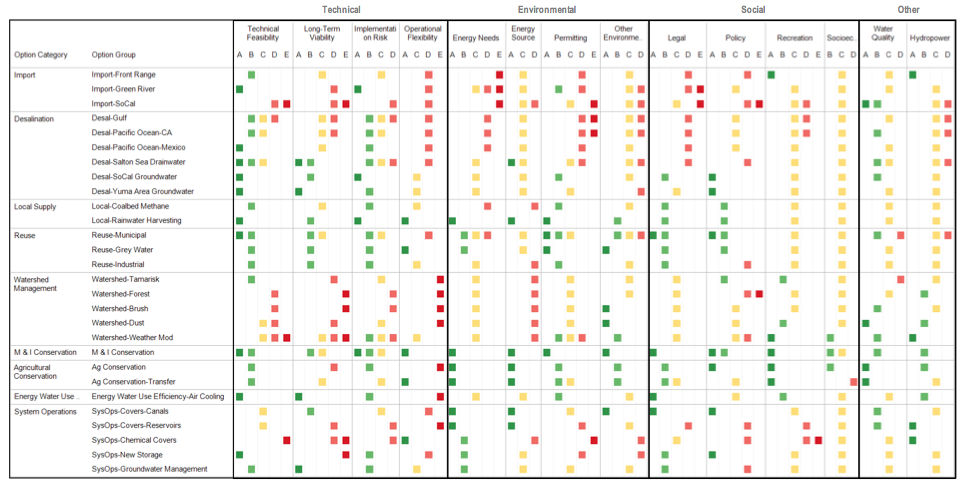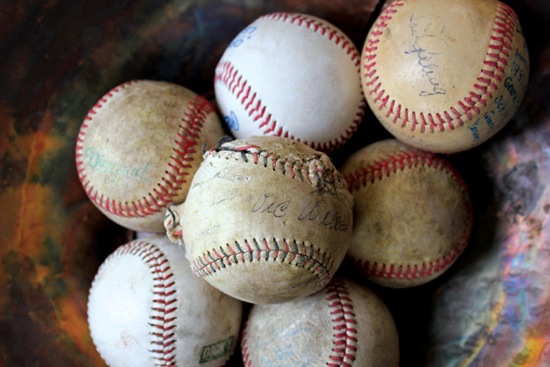The lion of Longboat Key
Posted on | October 24, 2013 | No Comments
Marcella Hazan, the Italian cookbook writer who died in late September, age 89, must have been young once. Yet in the last 40 years, as she produced six seminal cookbooks and a memoir, she always seemed as old as Europe, as admired and as misunderstood by the emerging American food world.
Click here to keep reading in the LA Weekly about how the much feared Hazan only looked leonine, all mane and sleepily watchful eyes. She was in fact profoundly kind and as likely to maul as the marble lions out front of the New York Public Library.
When shorelines denote dust bowls
Posted on | September 9, 2013 | No Comments

On January 28, 2013 the Owens Lake Master Plan Committee gathered in the Tallman Pavilion at the Bishop fairgrounds in Inyo County, California. Its roughly three-dozen members—representatives from a smattering of agencies, environmental non-profits, tribes, and local activist groups—were there to see schematic renderings of habitat restoration proposals for the Owens Dry Lakebed. They’d spent the last two years sweating the details of how strategically managed wetlands, boardwalks, and other amenities might be incorporated into more than 40 square miles of dust control work being done by the Los Angeles Department of Water and Power. Three of the most respected landscape architecture firms in Southern California had been brought in to consult on the plans.
However, walking in hopeful was no guarantee of walking out that way.
Click here to keep reading about how Los Angeles is holding ambitious plans for Owens Dry Lake hostage as the city demands a limit to its responsibilities to quell dust on land dried out by LA water diversions. The story is part of the autumn issue of the journal Arid and was made possible by a grant from the Annenberg Foundation Metabolic Studio.
On another front, the monthly posting about the elevation of Lake Mead will return in October. However, in brief, the largest storage reservoir in the country closed August at 1,106.13, less than three dozen feet above a marker that will trigger water shortages in Arizona and Nevada. To understand how bad nerves are in Southern Nevada, do read this piece by Henry Brean in the Las Vegas Review-Journal.
Tags: 'Arid' > Arid Lands Institute > Metabolic Studio > Owens Lake Master Plan
No place for a turtle
Posted on | August 5, 2013 | 2 Comments

Since the 1989 listing of the Mojave population of the desert tortoise under the Endangered Species Act, the animal has been protected by the US Fish and Wildlife Service. Most of the tortoise’s habitat across the Mojave Desert falls on federal land. This should have made federal protection of a federally listed species easier. But, after a quarter century of protection, tortoise numbers have steadily fallen. How far and how irretrievably is by no means clear. The USFWS only began censusing the turtles in 2001.
Meanwhile the Mojave Desert has been steadily industrialized. Compare the top map showing key tortoise habitat areas in dark green and tan with lower ones demarcating roads, recreation areas, cities, military bases and renewable energy zones, and it is vivid that the Mojave Desert’s signature animal is steadily being extirpated from its home range.
Since the early 1990s, in cases where the USFWS couldn’t save the tortoise’s land, say the entire Las Vegas Valley, the agency started licensing developers to move the turtles. The process is called “translocation.” Whether this ten dollar term for moving an animal from where it lives to where we would prefer that it live is a way to save tortoises in the wild, or whether we are managing the desert tortoise into extinction, is something the UFWS has not measured. No long-term survival studies of translocated tortoises have been done. Colloquially, they will admit that thousands of tortoises moved during the Vegas boom have made a large scale translocation site near Jean, Nevada a great place to find dead tortoise shells. This hasn’t stopped translocation from becoming the USFWS’s de facto tortoise management policy. High Country News has the story and KPCC has an interview with reporter Emily Green.
For those of you without a High Country News subscription, use this story for a free trial, then please support the best environment report in the West.
Tags: Desert Tortoise > High Country News > Kristin Berry > Mojave Desert > US Fish & Wildlife Service
High good, low bad: Mead in July 2013
Posted on | July 31, 2013 | 1 Comment
 Lake Mead and Lake Powell, the two major storage reservoirs on the Colorado River, closed July at 47 and 46 per cent full respectively, according to a weekly update from the federal Bureau of Reclamation. That demand is outstripping supply is clear when looking at this historical chart of changing elevations of Mead, the reservoir serving southern California, Nevada, Arizona and Mexico. To study our options for dealing with impending shortages, which include clearly wild and wildly expensive ideas about towing icebergs and diverting the Mississippi River to the West, a place to start might be this technical appendix of the Colorado River Basin Supply and Demand Study. To cut to the chase, a graphic (above) taken from the report underscores what environmentalists have argued for years. The cheapest source of new water is being less wasteful with old water. Reusing grey water, local water harvesting and conservation. Click on the image to enlarge it, then, when reading the graphic, keep in mind that the most positive rating for an option is green, neutral is yellow and red is largely negative.
Lake Mead and Lake Powell, the two major storage reservoirs on the Colorado River, closed July at 47 and 46 per cent full respectively, according to a weekly update from the federal Bureau of Reclamation. That demand is outstripping supply is clear when looking at this historical chart of changing elevations of Mead, the reservoir serving southern California, Nevada, Arizona and Mexico. To study our options for dealing with impending shortages, which include clearly wild and wildly expensive ideas about towing icebergs and diverting the Mississippi River to the West, a place to start might be this technical appendix of the Colorado River Basin Supply and Demand Study. To cut to the chase, a graphic (above) taken from the report underscores what environmentalists have argued for years. The cheapest source of new water is being less wasteful with old water. Reusing grey water, local water harvesting and conservation. Click on the image to enlarge it, then, when reading the graphic, keep in mind that the most positive rating for an option is green, neutral is yellow and red is largely negative.
Tags: chance of rain > Colorado River > Lake Mead elevations > US Bureau of Reclamation
My balls are real
Posted on | July 22, 2013 | No Comments

If you think that Lou Gehrig and Vic Willis really signed the balls in this bowl, read on in the LA Weekly. If you realize that the balls would be making me rich at a sports memorabilia auction and not sitting in this bowl if they were real, read on anyway about finding them in a local park.
« go back — keep looking »

